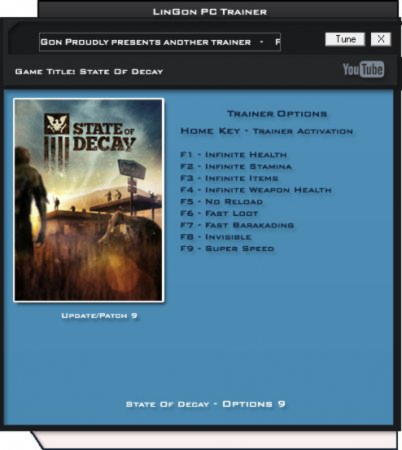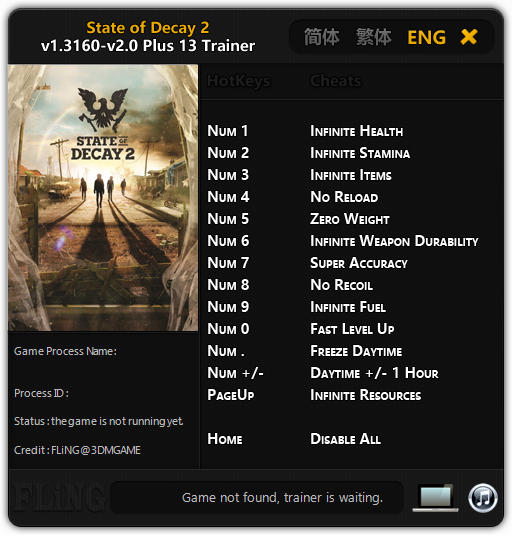

A lesser number of epochs also mean a lesser number of iterations, hence a lesser number of passes over mini-batches of data, which leads to lesser consumption of memory.Ĭons: Larger leaps could also cause the optimizer to skip the minima altogether.

Pros: Larger steps toward the optimal solution directly translate to the network training faster without requiring a large number of epochs before the parameter values converge to a solution. Large alpha: As is evident from the equation w = w − a l p h a ∗ d e l t a w = w - alpha * delta w = w − a l p h a ∗ d e l t a, a large value of alpha or the learning rate causes the network parameters to take big leaps towards updating their values to be able to converge to an optimal solution. Let us now look at the considerations associated with the two cases we defined above: that is, a large value of alpha vs. This alpha is exactly what the learning rate is and it controls by what magnitude the network's parameters adjust themselves according to the gradient of the loss.Ī large value of alpha would cause the parameters to change rapidly, whereas a small value causes slow and steady updates to the parameters. Where delta is the gradient of the loss function with respect to w w w. W = w − a l p h a ∗ d e l t a w = w - alpha * delta w = w − a l p h a ∗ d e l t a Mathematically,for a set of parameters w w w, each parameter updates by the following equation : Let us understand the concept succinctly, taking gradient descent as an example :Īs we know in gradient descent, at each iteration, the parameters are updated to take a step in the negative direction of the steepest gradient. Learning rate is a hyperparameter that controls the speed at which a neural network learns by updating its parameters.Īs we know, supervised learning relies on the backpropagation of errors to the model which allows the model parameters to adjust themselves - this is in short what training neural networks mean. To manually tune the learning rate by observing metrics like the model's loss curve, would require some amount of bookkeeping and babysitting on the observer's part.Īlso, rather than going with a constant learning rate throughout the training routine, it is almost always a better idea to adjust the learning rate and adapt according to some criterion like the number of epochs.

A good learning rate is crucial to find an optimal solution during the training of neural networks. Learning rate is one of the most important hyperparameters to tune when training deep neural networks. We learn about what an optimal learning rate means and how to find the optimal learning rate for training various model architectures.

This article is a guide to PyTorch Learning Rate Scheduler and aims to explain how to Adjust the Learning Rate in PyTorch using the Learning Rate Scheduler.


 0 kommentar(er)
0 kommentar(er)
